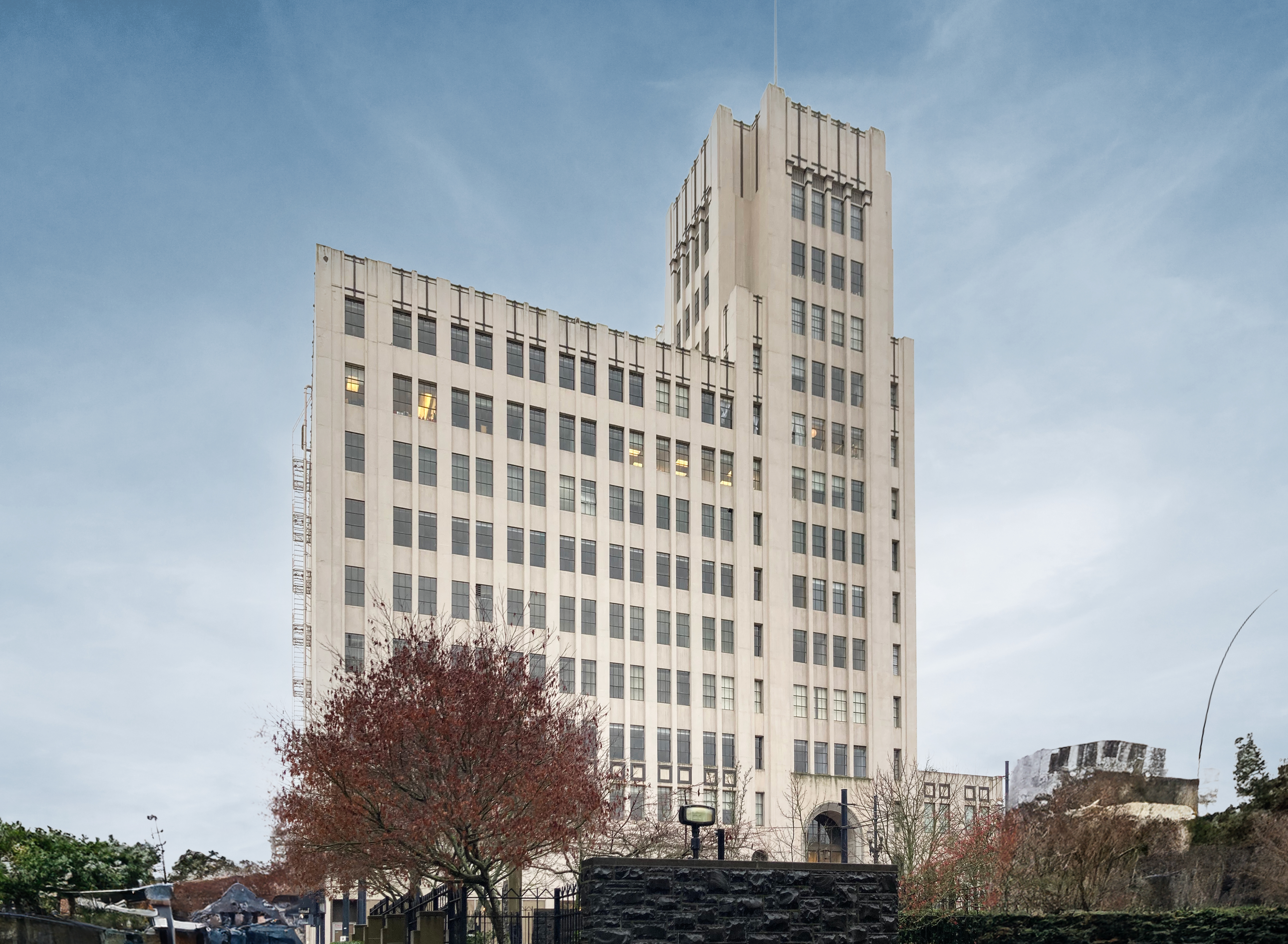The Terminal Sales Building is an Art-deco skyscraper designed by A.E.Doyle, and built between 1926 and 1927 in Portland, OR.
Its precise street address is 1220 SW Morrison Street, Portland, OR. You can also find it on the map here.
The Terminal Sales Building is a structure of significant importance both for the city of Portland and the United States as a nation. The building embodies the distinctive characteristic features of the time in which it was built and the Art Deco style. Because of that, the Terminal Sales Building was officially included in the National Register of Historic Places on July 17th 1991.

